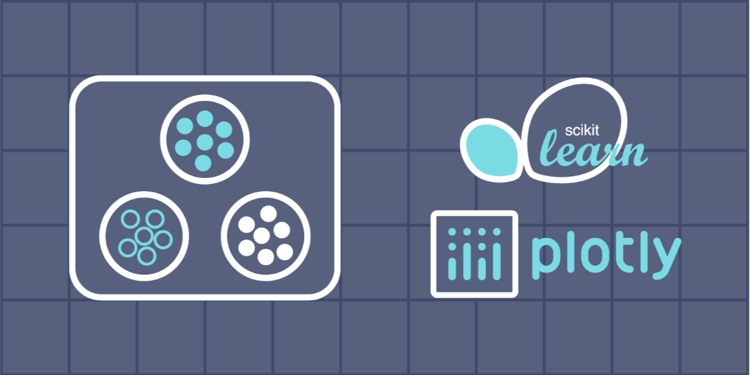This device is not compatible.
PROJECT
Customer Segmentation with K-Means Clustering
In this project, we’ll learn how to group customers based on similarities and differences using an unsupervised clustering model in Python. We’ll also visualize the resulting clusters in 3D.
You will learn to:
Load data in DataFrame and perform exploratory data analysis.
Perform data preprocessing including handling missing values and feature engineering.
Create an unsupervised learning model to segment customers.
Visualize the results of the clustering algorithm as an interactive graph.
Skills
Machine Learning
Data Science
Data Visualization
Prerequisites
Hands-on experience with Python
Familiarity with unsupervised machine learning
Basic understanding of scikit-learn
Technologies
Python
Plotly
Scikit-learn
Project Description
Customer segmentation aims to group customers into segments so businesses can tailor their marketing efforts, refine product offerings, and enhance the overall customer experience. This approach enables companies to move beyond one-size-fits-all strategies and instead deliver targeted and personalized interactions, ultimately leading to increased customer satisfaction and loyalty.
In this project, we’ll attempt the customer segmentation problem using the k-means clustering algorithm. We’ll also visualize the clusters to assess their proximity and interconnectivity. For this project, we’ll use the Online Retail dataset provided by the UCI ML repository. This dataset includes the online purchase history of a UK-based store for its wholesale customers from 2010–2011. Furthermore, the pandas library will be used for data preprocessing tasks, while the scikit-learn and Plotly libraries will serve as the primary tools for data clustering and visualization tasks.
By combining the power of data-driven techniques with the insights gained from customer segmentation, businesses can refine their strategies and foster stronger connections with their customer base. This project will demonstrate the practical application of k-means clustering and showcase the value of leveraging real-world datasets to extract meaningful insights for business decision-making. Through this analysis, we’ll provide a clear roadmap to implement customer segmentation strategies for improved marketing outcomes and customer satisfaction.
Project Tasks
1
Getting Started
Task 0: Get Started
Task 1: Import Libraries
Task 2: Load the Dataset
Task 3: Explore the Dataset
2
Data Preprocessing
Task 4: Drop Unnecessary Columns
Task 5: Treat Missing Values
3
Feature Engineering
Task 6: Calculate the Total Price per Item
Task 7: Calculate Recency of the Purchase
Task 8: Convert the Column’s Data Type
Task 9: Calculate the Purchase Frequency of a Customer
Task 10: Calculate the Monetary Value per Customer
4
k-Means Clustering
Task 11: Prepare the Data
Task 12: Find the Optimal Number of Clusters
Task 13: Cluster the Data
Task 14: Explore the Clusters
Task 15: Visualize the Clusters
Congratulations!
Subscribe to project updates
Atabek BEKENOV
Senior Software Engineer
Pradip Pariyar
Senior Software Engineer
Renzo Scriber
Senior Software Engineer
Vasiliki Nikolaidi
Senior Software Engineer
Juan Carlos Valerio Arrieta
Senior Software Engineer
Relevant Courses
Use the following content to review prerequisites or explore specific concepts in detail.
